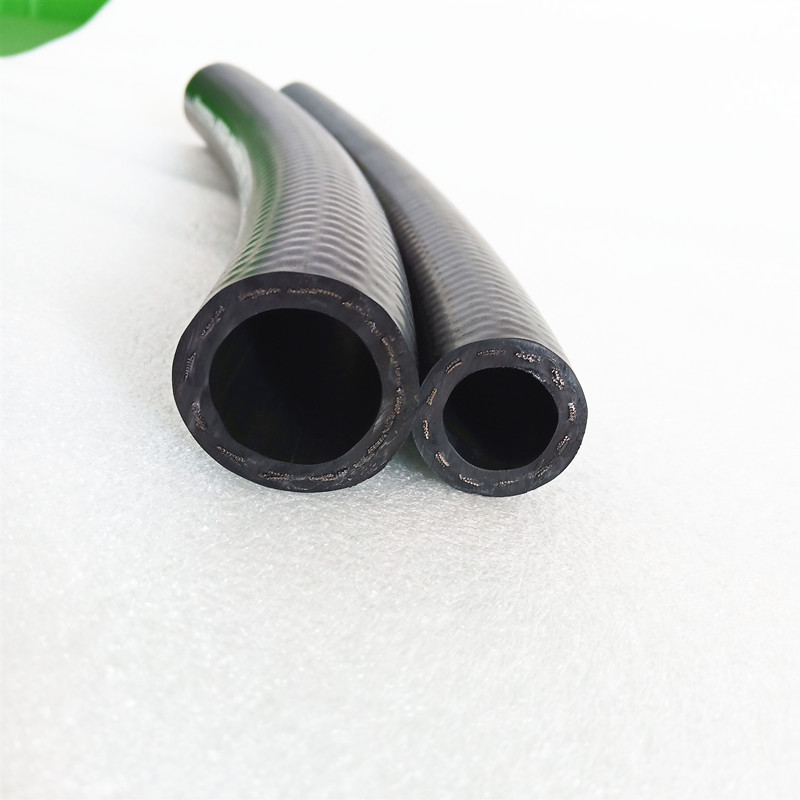335345435
Nov . 26, 2024 00:03 Back to list
hydraulic hose & fittings
Understanding Hydraulic Hoses and Fittings Essential Components in Fluid Power Systems
Hydraulic hoses and fittings are crucial components in fluid power systems that facilitate the transmission of hydraulic fluid, enabling machinery and equipment to perform various functions. These components are widely used in industries ranging from construction and agriculture to manufacturing and automotive, where reliable operation is paramount. This article delves into the fundamentals of hydraulic hoses and fittings, their types, applications, and maintenance.
What are Hydraulic Hoses?
Hydraulic hoses are flexible, high-pressure tubes designed to transport hydraulic fluids within a hydraulic system. They are composed of an inner tube, reinforcement layers, and an outer covering, each serving specific purposes. The inner tube, typically made from synthetic rubber, transports the hydraulic fluid, while the reinforcement layers—usually made from steel wire or textile—provide the necessary strength to withstand high pressures. The outer covering protects the hose from abrasions, UV exposure, and other environmental factors.
Hydraulic hoses come in various sizes and pressure ratings, making it essential to choose the right hose for specific applications. Common types of hydraulic hoses include
1. Standard Hydraulic Hoses Used in general applications, these hoses can handle moderate pressures and liquid types. 2. High-Pressure Hoses Designed for extreme pressure applications, these hoses are reinforced with additional layers for added strength. 3. Thermoplastic Hoses Lightweight and flexible, thermoplastic hoses are resistant to abrasion and are commonly used in mobile equipment. 4. Industrial Hoses These hoses are designed for various industries and can carry fluids, gases, and powders.
The Role of Fittings
Hose fittings are the connectors that secure hoses to pumps, cylinders, and other equipment. They ensure a tight seal to prevent leaks while allowing for flexibility and movement within the hydraulic system. Couplings and adapters are common types of fittings, and they come in various shapes, sizes, and materials to accommodate different hydraulic needs.
hydraulic hose & fittings

Choosing the right fitting is critical for maintaining system integrity and avoiding potential failures. Factors to consider when selecting fittings include
- Compatibility The fitting material must be compatible with the hydraulic fluid being used to prevent chemical reactions that could compromise the system. - Pressure Ratings Ensure that fittings can withstand the same pressure rating as the hydraulic hose. - Size and Thread Types Proper sizing and thread specifications are crucial to achieving a secure connection.
Applications of Hydraulic Hoses and Fittings
Hydraulic hoses and fittings find applications in numerous industries. In construction, they are used in excavators, bulldozers, and cranes to control movement. In agriculture, hydraulic systems power equipment such as tractors and harvesters, enhancing productivity and efficiency. The automotive industry relies on hydraulic components for braking systems, power steering, and other critical functions.
Maintenance for Longevity
Proper maintenance of hydraulic hoses and fittings is essential for safe and efficient operation. Regular inspections should be conducted to identify signs of wear, such as cracks, bulges, or leaks. Hoses should be securely anchored and protected from sharp edges or sources of heat. Additionally, replacing worn or damaged hoses and fittings promptly helps prevent catastrophic failures that could lead to downtime or accidents.
In conclusion, hydraulic hoses and fittings are integral to the functionality of hydraulic systems across various industries. Understanding their construction, types, and proper maintenance can significantly enhance performance and safety in hydraulic applications. By using high-quality components and adhering to best practices, businesses can ensure their machinery operates reliably and efficiently, contributing to improved productivity and safety.
-
SAE 100 R17 Black Smooth Cover Hydraulic Hose
NewsMar.07,2025
-
SAE 100 R17 Black Smooth Cover Hydraulic Hose
NewsMar.07,2025
-
SAE 100 R17 Black Smooth Cover Hydraulic Hose
NewsMar.07,2025
-
SAE 100 R17 Black Smooth Cover Hydraulic Hose
NewsMar.07,2025
-
SAE 100 R17 Black Smooth Cover Hydraulic Hose
NewsMar.07,2025
-
steel wire braided hydraulic hose
NewsMar.07,2025



